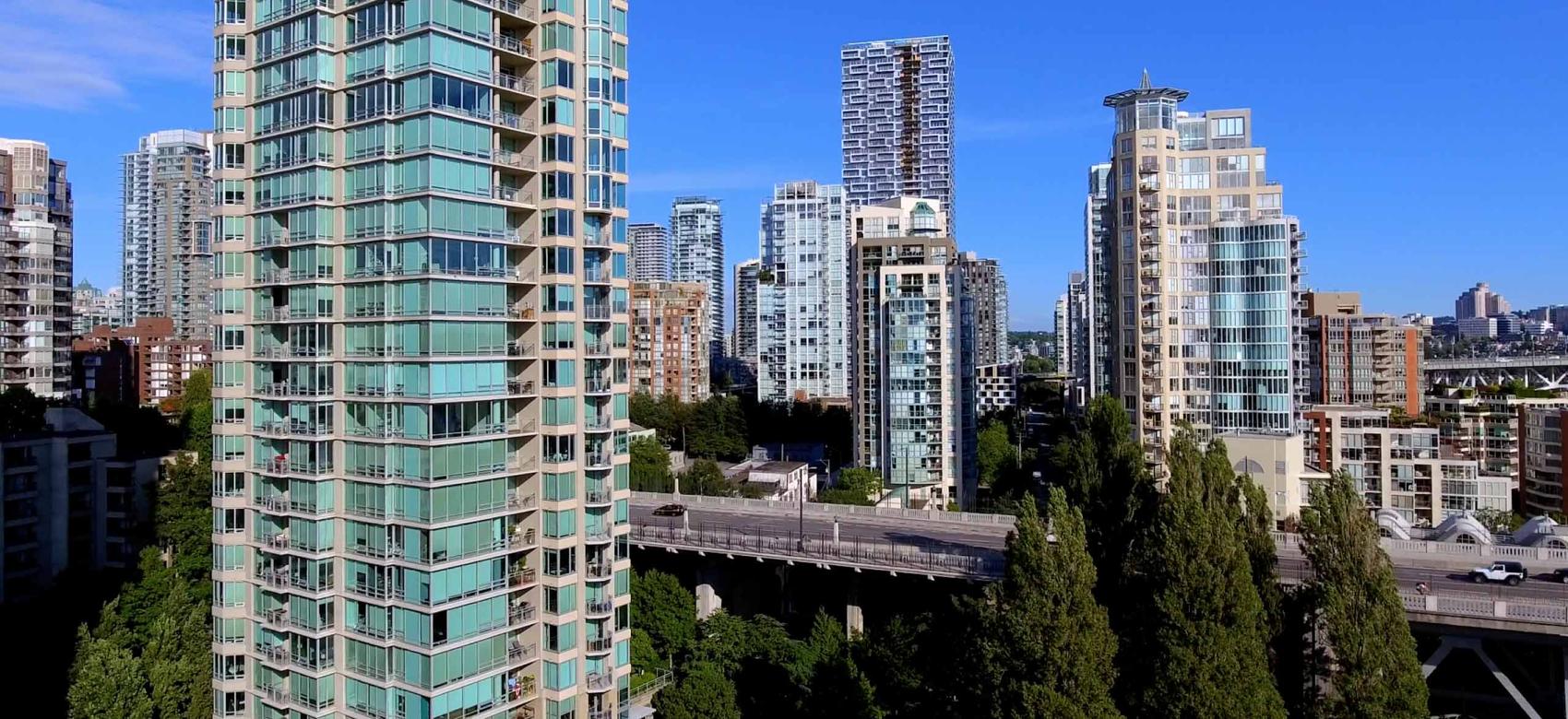How controlling land prices could help solve the housing crisis
By Carolyn Ali

A new way of valuing housing density could lead to truly affordable housing
Patrick Condon doesn’t buy the argument that sky-high housing prices in Vancouver and Toronto can be pinned down to a problem of supply and demand.
“A lot of people think that just by adding new supply to the city of Vancouver, things will get cheaper,” he says. “But that’s not been proven to be the case. We’ve been adding supply since the 1980s and prices have tripled in that time.”
The UBC professor at the School of Architecture and Landscape Architecture says that researchers can’t prove that the affordability crisis is due to a lack of supply. However, Condon says he also can’t prove it’s not a supply issue – instead, it’s a complicated equation that’s influenced by many factors.
He says we are focused on the wrong issue. If we want to solve the affordability crisis, we should be looking at how policy to densify cities results in inflated land prices. That means the benefits of density go to landowners, not renters. And that’s something policymakers could change.
“Land prices are assumed to be a given, something over which we have no control,” he says. “That blocks any real conversation on this issue. If we don’t control the price of land we’re not going to solve the affordability crisis.”
Condon asserts that policymakers could control land prices by requiring developers to direct the benefits of building denser housing to residents, rather than landowners. He points to Cambridge, Massachusetts, as an example of a city that’s doing this right.
“It’s doubling the density allowed in the city, only in return for 100 per cent affordable housing, mostly in the form of affordable rentals pegged to the average income,” he explains. “The secret sauce of the Cambridge model is that they understood that the problem is land price inflation as a consequence of rezoning.”

Why density isn’t enough
To understand the problem of escalating land prices, Condon says we need to look at how we currently value land that’s priced for sale to developers.
When developers buy a parcel of land, Condon explains, they pay market price for it. If they want to build more density onto that parcel, the city needs to give them permission to densify the lot.
But if the city gives the developer permission to double the density of units on the lot, the landowner expects double the price for the land. If the city gives the developer permission to build a taller building with multiple units on the lot, the landowner expects the developer to pay multiple times the original price of the parcel. So while more units are built, the cost of land increases. It follows that the cost to purchase a condo or rent the resulting apartment increases as well.
That’s because to recoup the cost of buying land at a value inflated by the newly allowed density, developers must charge market rates to people who rent or buy their units. “As the building gets taller, no advantage goes to the purchaser or the renter,” he explains. “If the city allows a developer to double the density of the land, suddenly that land doubles in value. All that advantage goes to whoever is lucky enough to own the land.”

Shifting the advantage to renters
Part of the solution, says Condon, is for cities to stop “giving away density and not getting much in return.”
That is, cities could allow developers to build more dense housing and sell or rent out more units. But in return for that privilege, developers must commit to selling or renting those units at truly affordable prices, pegged to real incomes in the city.
“In the case of Cambridge, the city says units built have to be 100 per cent affordable at rents that are pegged to 30 per cent of household income,” he says. “So a one-bedroom unit can be $1,000 or $1,100 and a two-bedroom can be $1,500. That matches up pretty well to local income there.”
Cambridge also requires 100 per cent of those units to be rented at an affordable rate, while other cities require only a fraction of a development’s units be rented at a rate pegged to real incomes.
The result is more money in the pockets of renters, rather than landowners. Developers would make about the same profit. But landowners would have to agree to sell at market value without benefiting from a premium for added density.
“There’s a fantastic opportunity to use a strategy similar to that in Cambridge to make a progressive shift.”
– Patrick Condon, UBC professor at the school of architecture and landscape architecture

Developing land for truly affordable housing
In Cambridge, it was non-profit housing agencies that advocated for this policy change, Condon says. They couldn’t compete with for-profit developers, who outbid them on offers for land slated for higher density. Now they can.
Essentially, Condon says, the policy change is this: “Developers don’t get new density unless they guarantee affordability.”
“Developers would have to say to landowners, ‘I can’t give you an inflated price for density because my rents are fixed at this level. I can only give you the current market rate for that parcel of land. So you’re not going to get less for that parcel of land, but you’re not going to get more,'” explains Condon.
“The landowner would eventually have to say, ‘I get it. I can’t double the price just because you’re getting double density; because the deal won’t pencil out.’ And it prevents the land price escalation from occurring at this point.”
As Canadian cities like Vancouver and Toronto face similar challenges to Cambridge, Condon believes that revising policy to control land-price escalation could help. Cities could design in density that directly promotes affordable housing. “There’s a fantastic opportunity to use a strategy similar to that in Cambridge to make a progressive shift.”
Carolyn Ali is a writer for UBC Brand and Marketing. This article was published on January 7, 2022. Feel free to republish the text of this article, but please follow our guidelines for attribution and seek any necessary permissions before doing so. Please note that images are not included in this blanket licence.


